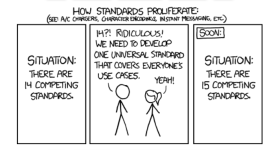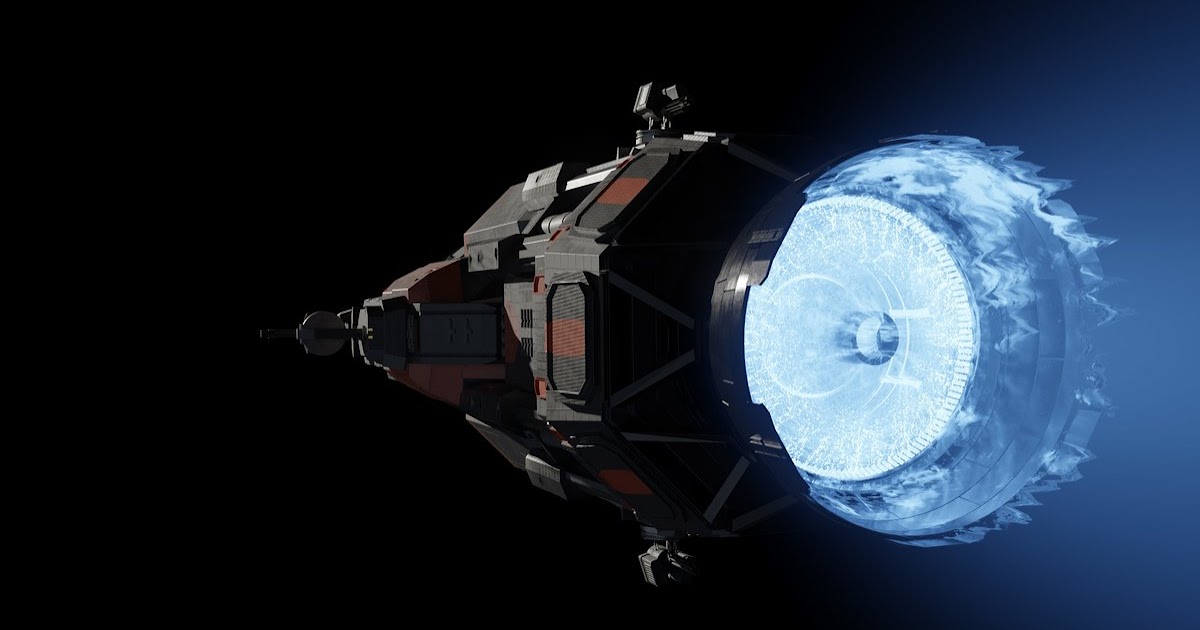That's a really fun scale to play with. Thank you!
His metric is consistent rules. (8,7) Modern physics trumps all; (6,5) followed by "new" physical rules (the fewer, the harder); (4) then "toys" that have no consistent-rules new-physics basis; (3) then a casual surrender of consistency for the sake of story; (2) then a dash of supernaturalism; (1) then no need to bother about any science at all.
As a game system, Traveller requires consistent rules for a lot of its technology. In fact it's the rules inconsistencies that bother us the most, and Traveller tries to keep a lid on the craziness. That's what guides my rating for Traveller.
I don't think Traveller is a "2", because psionics is not defined as "supernatural", but rather a poorly understood science (of a strange sort).
I don't think Traveller is a "3", because even the rules care how all the fantastic things "work" and there's care taken to manage consistency.
I don't even think Traveller is a "4". Even though there is antigrav and other neater things, we attempt to describe them with consistent rules which amount to what could be loosely defined as a "new physics".
Traveller is, at most, a "5", although I can see arguments aplenty for a lower score.


